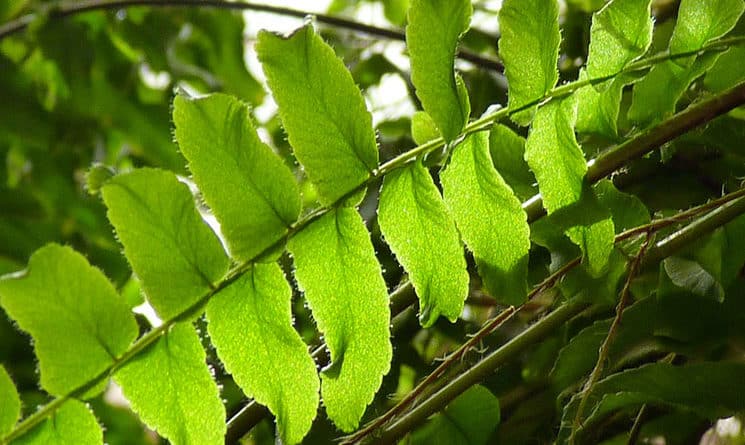Editor’s note: The University of New Hampshire Cooperative Extension provides weekly gardening columns in which Jeremy DeLisle answers questions from local gardeners.
Q: Can you give me a few tips on how to care for my houseplants over the winter? — Paula G of Winchester
A: Having plants in the house can go a long way toward improving your indoor environment over the winter. Watching plants grow and bloom indoors while the snow flies outside reminds us that spring will eventually come again.
Light is one of the most important factors for indoor plants. While selecting plants, group them into categories that grow well in high-, medium-, and low-light conditions. South-facing windows with good exposure would be an example of a high-light location. Succulents and herbs require high-light conditions. Plants such a begonias and African violets prefer medium-light conditions, while dracaena and philodendron will do well in the lower-light portions of our homes.
Temperature also comes into play with houseplants. Be sure to keep them away from drafty areas and contact with cold windowpanes. Leaves may chill and show signs of cold damage if this happens. At the same time, avoid placing plants directly over radiators or in the path of forced hot air. This will dry out the plant foliage, as well as the moisture in the soil, often resulting in crispy leaves. Consider adding a tray of pebbles with some water under the pot to raise the humidity level. Grouping plants close together also conserves moisture in the air.
Fertilizing houseplants over the winter should be minimized. Some potting mixes will have enough fertilizer to carry them through most of the winter. Liquid and granular fertilizers designed for houseplants are also available. One or two applications will generally be enough fertility for the winter.
As a result of over-fertilizing, salt can build up in the soil of your houseplants. In high enough concentrations, this residual salt can injure or even kill a houseplant. A white crust on the surface of the pot is a sign of salt buildup. One way to prevent this accumulation is to “leach” your houseplants. Simply pour a lot of water through the plant and let it drain out. Periodic leaching flushes any residual salt.
Keeping your houseplants clean is important, as dust buildup on leaves can reduce the plant’s ability to photosynthesize. Wipe plants with a damp cloth, or rinse in the sink or shower with room temperature water.
Lastly, plants in the winter lose leaves for a variety of reasons. Some of the more common are changing locations, lower light levels, cold temperatures, and too much water. Consider these possibilities if your plants drop leaves.
Jeremy DeLisle is the program coordinator for the UNH Cooperative Extension Education Center. The center answers questions about gardening and more at answers@unh.edu, or by calling 877-398-4769, Monday through Friday, between 9 a.m. and 2 p.m.

